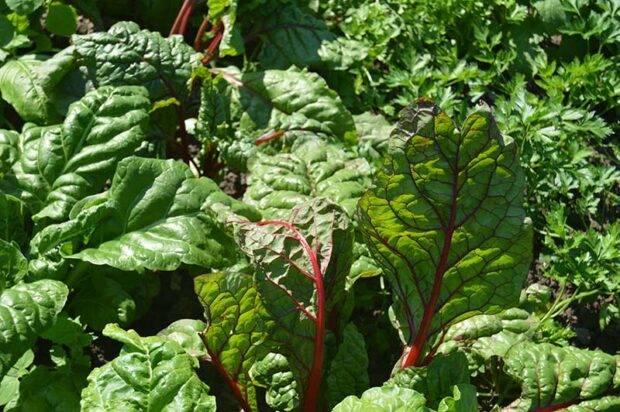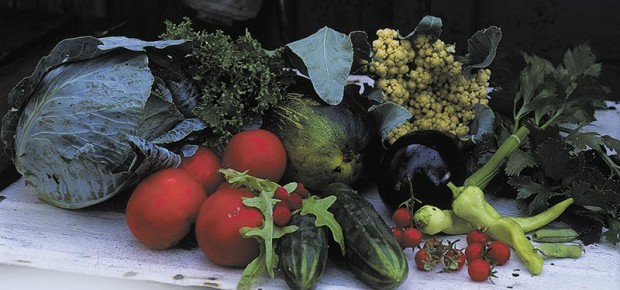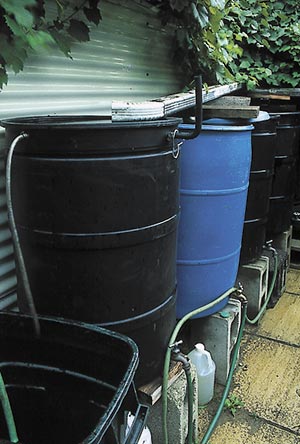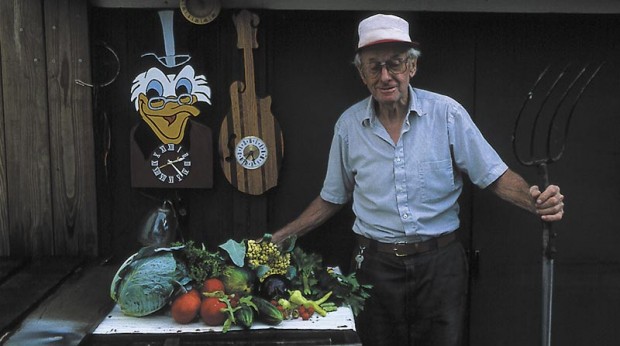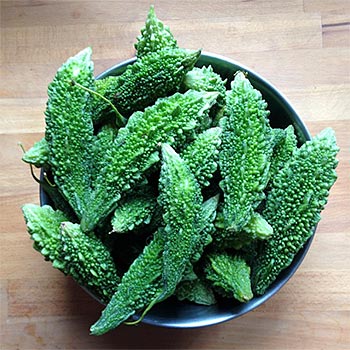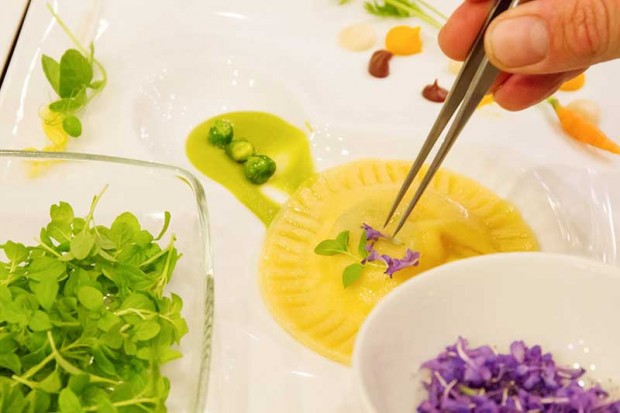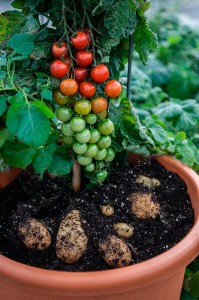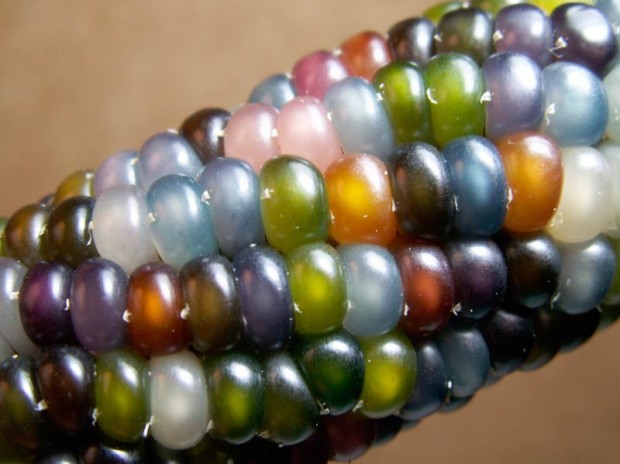by Jeff Ball
Many homeowners live in a situation where there is insufficient space for even a small veggie patch. Those folks should consider growing vegetables in containers that can be placed almost anywhere as long as they get 8 hours of full sun.
Containers can be used to grow all the salad ingredients: lettuce, carrots, cabbage, cucumbers and tomatoes. Other popular vegetables enjoyed by most everyone are also easily grown in containers, including green beans, beets, Swiss chard and zucchini squash, just to name a few.
There are really just three criteria for the container used to grow vegetables: It must have plenty of drainage holes in the bottom, it must be at least 12 inches deep (deeper is better), and there should never be real soil used as a growing medium. All containers should use a soilless potting mix because it has no weed seeds, carries no disease spores, and drains very well. A good potting mix can be used for years, although it is wise to renew it each spring with some fresh compost and additional potting mix.
Finding containers for growing vegetables is not that difficult. Sometimes you can find some that do the job and are free for the asking. Just keep your eye out. I once spotted lots of used plastic barrels at a food processing facility. Sure enough, they were happy to get rid of them. I got four barrels, cut them in half with a saber saw and drilled a dozen holes in the bottom of each for drainage. That gave me eight large containers that I filled with potting soil and grew a nice harvest of potatoes.
A common container that is effective, but not free, is a whiskey barrel cut in half and sold in many garden centers. Again, you need to drill additional drainage holes, but because of their size, you can grow almost any vegetable in those devices. Tomatoes do especially well because there is so much space for their rather large root systems.
Years ago, I visited a serious vegetable gardener who lived in a row house. These connected houses have tiny front yards and often no backyard. He had a significant garden growing in over 50 plastic milk crates which he had appropriated for what he considered a “higher” use. He lined the crates with black plastic bags with holes in the bottom and filled them with potting soil. The colorful boxes filled his front yard, his front porch, a second floor balcony he built for holding more boxes, and on a platform he built on top of his garage.
I asked him if he had any complaints from the neighbors since his garden, while obviously productive, probably did not add much to the aesthetics of the neighborhood. He said he solved that problem by sharing fresh vegetables with his neighbors—a gardener with some political skills.
All of these containers I have described require watering each day or two by hand. Unlike the soil in the garden, a container filled with plants does run out of water more frequently and must be watched every day. That said, there are self-watering containers available that significantly reduce this worry of missing a watering need. These products are designed specifically for growing vegetables and several have been on the market long enough to have proven that they work well.
Nothing tastes better than homegrown vegetables and those grown in a container can taste just as good as those from a garden.
Jeff Ball has authored eight books on gardening, vegetables, and lawn care.
RELATED: Growing low-maintenance vegetables
ELSEWHERE: MSU Guide to growing vegetables

